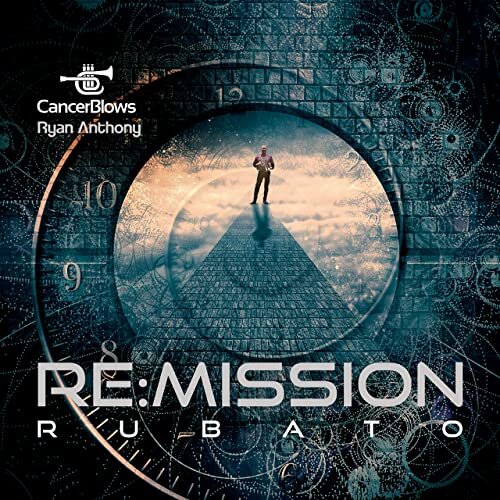Concerto for Trumpet and Orchestra Op.64 (1999) c. 25'00"
(2+1.2+1.2+1.2+1/4.2.3.0/timp/perc(2)/hp/pno d cel/solo tpt/strings)
I. Comodo
II. Molto adagio
III. Tempo di marcia
Commissioned by the Estate of Helen Treutel in memory of Edward Treutel
First performed on May 25th, 2000 at Avery Fisher Hall in New York City by Philip Smith, trumpet with The New York Philharmonic conducted by Kurt Masur
ABOUT
The Concerto for Trumpet and Orchestra Op.64 was commissioned by John Marsteller and Helen Marsteller Treutel in memory of Edward Treutel, a trumpet teacher at the Juilliard School for many years. It was premiered by Edward Treutel’s student, trumpet player Philip Smith, with the New York Philharmonic concducted by Kurt Masur on February 25th, 2000 at Avery Fisher Hall in New York City. The work is orchestrated for piccolo, 2 flutes, 2 oboes, English horn, 2 Clarinets, bass clarinet, 2 bassoons, contrabassoon, 4 horns, 2 trumpets (in addition to the solo trumpet), 3 trombones, harp, piano doubling celesta timpani, 2 percussionists and strings.
I wrote the concerto during a month-long residency at the Rockefeller Foundation in Bellagio, Italy in May of 1999. The music was composed in a little cork-lined stone studio overlooking Lake Como. There was a 11th century church at the base of the hill, and every hour the church bells would ring in E-flat. The sound of these bells crept into the second movement as a reminder of that sonic landscape. The first movement stresses the lyric pontential of the trumpet, and the final movement is a sort of slapstick comedy full of quotations, musical puns, and harmonic detours. This finale has quickly shifting gears: the music is forever starting one way but then veering off into something unexpected.
RECORDINGS
REVIEWS
“…balancing bravura and a wealth of attractive musical ideas to create a score that invites repeated listening. He is a masterful orchestrator, and just from this standpoint the opening of the concerto is immediately arresting…(it) brought down the house.”
The Wall Street Journal
“…the piece itself is a wonderfully well-made study in neo-romanticism with a darkly lyrical slow movement and a raucously witty finale in which Liebermann sends up…Shostakovitch! The audience ate it up, as did I, and my guess is that it will enter the standard repertoire very quickly, with good reason: Trumpeter who are tired of playing the Haydn concerto for the gazillionth time will find it a godsend and a knockout.”
The Washington Post
